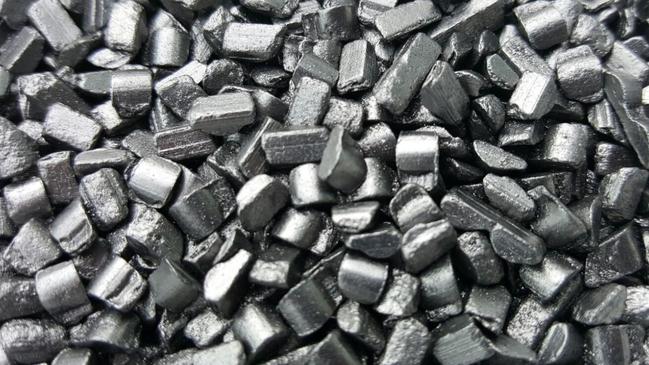Why the battery boom ran out of juice
Graphite, cobalt and lithium were hot ... then they suddenly cooled.

The recent unfounded rumours of a Tesla takeover of listed battery group Novonix aside, the market for the so-called battery metals — graphite, cobalt and lithium — needs a decent jump start.
The first of the battery commodities to pop was graphite. The value of the carboniferous material has been impacted by the ramping up of production by industry big daddy Syrah Resources (SYR) at its massive Balama project in Mozambique.
Balama was successfully commissioned, which is great, but it then flooded the market for the industrial-grade material. Citing the uncertainty created by the coronavirus, Syrah suspended Balama production in late March.
“Everyone’s in the toilet at the moment,” says industry veteran Mark Thompson, the CEO of graphite hopeful Talga Resources (TLG).
Meanwhile, lithium has been affected by oversupply emanating from Australian hard rock miners.
Separately, cobalt — another key component of lithium ion batteries — halved in value last year amid stockpiling shenanigans.
Thompson says the price declines have led to the perception that demand from the battery users — notably the electric vehicle (EV) industry — has stalled like a VW Beetle on an incline.
“The direction for battery demand is firmly on the up,” he says. “However, there is a massive disconnection in physical commodity markets which is nothing short of profound.”
When it comes to cobalt, the biggest influence on the market is the reality that 75 per cent of supply emanates from the Democratic Republic of Congo (DRC) — which is not so democratic. In reality, the output is also controlled by Chinese intermediaries.
The unstable dynamics of the DRC means that Western countries — especially the US — are keen on diversifying supply of the metal, which is used not just in batteries but in alloys for jet-engine turbines and oil and gas and petrochemical purposes.
As luck would have it, ASX-listed Jervois is developing its self-descriptive Idaho Cobalt Operations in the potato-growing state, a four-hour drive from the capital of Boise.
At five million tonnes the resource is small by the standards of the 50-150 million tonne DRC monster deposits, but the grades are good and the project is fully permitted and well served by infrastructure.
CEO Bryce Crocker says Jervois is benefiting from the $US100m invested by the former owner.
Tim Boreham edits The New Criterion.
Tim.boreham@independentresearch.com.au




To join the conversation, please log in. Don't have an account? Register
Join the conversation, you are commenting as Logout